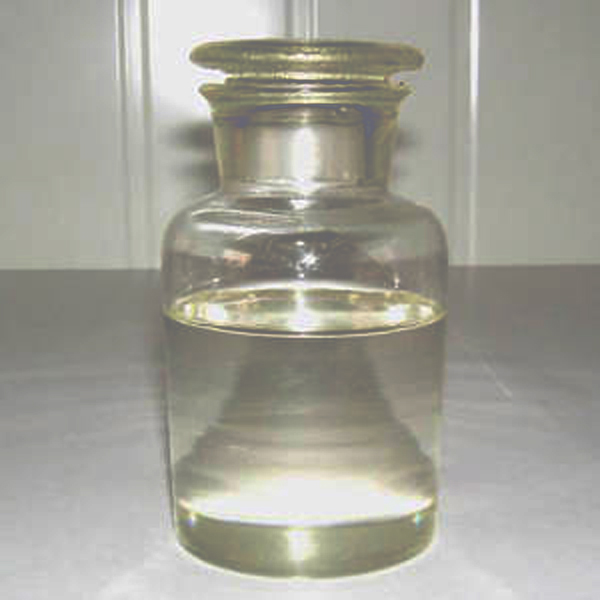Vinyl acetate monomer, commonly known as VAM, is an important organic compound widely used in the production of various polymers. VAM is produced by the acetic acid-catalyzed reaction between ethylene and acetyl chloride. Chemically, it is an ester of vinyl alcohol and acetic acid with the molecular formula C4H6O2. At room temperature, VAM appears as a colorless liquid with a characteristic pungent odor.
Uses of Vinyl Acetate Monomer
As a monomer unit, VAM acts as a building block in polymerization reactions to form various vinyl polymers. Some of the key applications and uses of VAM are as follows:
Polyvinyl Acetate (PVAc): PVAc production utilizes over 90% of the global VAM output. PVAc is used to manufacture adhesives, paints, coatings etc. It has good adhesive strength, flexibility and weather resistance properties.
Polyvinyl Alcohol (PVOH): Partial or complete hydrolysis of PVAc yields PVOH which is water-soluble. PVOH finds applications as a thickener, binder, emulsifier etc. in various industries.
Ethylene-Vinyl Acetate Copolymers (EVA): EVA is synthesized by copolymerizing ethylene and Vinyl Acetate Monomer. EVA has applications as hot melt adhesives, sealants and specialty encapsulants due to its flexibility and tensile strength.
Polyvinyl Butyral (PVB): PVB sheeting, commonly known as safety glass, is produced by condensation reaction between PVOH and butyraldehyde. PVB has excellent adhesion strength and is used as interlayers in car/building windows.
Production Process of Vinyl Acetate Monomer
VAM is produced on an industrial scale by acetaldehyde-based Wacker process or direct oxidation process depending on plant design and economics. The Wacker process involves the following sequence of steps:
– Ethylene and oxygen are fed into an reactor containing palladium or copper chloride catalyst along with alcohol or acetaldehyde. This leads to the oxidation of ethylene to acetaldehyde.
– Acetyl chloride is prepared separately by chlorinating acetic acid in the presence of catalyst.
– Acetaldehyde and acetyl chloride are then fed into another reactor containing mercuric acetate catalyst. Here, acetaldehyde reacts with acetyl chloride to yield vinyl acetate monomer.
– Unreacted acetaldehyde and by-products like mercury salts are recovered or treated. VAM is purified through distillation.
The direct oxidation process directly oxidizes ethylene to VAM without forming acetaldehyde as an intermediate. However, it requires more specific catalyst systems.
Major Producers of Vinyl Acetate Monomer
The top Vinyl Acetate Monomer producing countries globally include the USA, China, Germany and South Korea. Major VAM producers include companies like Celanese, Japan VAM & POVAL Co. Ltd, Kuraray, Sinopec, Ningxia Yinglite and Dow Chemical.
Asia Pacific region dominated the global VAM in 2021 due to strong demand from the construction, paints & coatings industries in China and other developing countries. Other leading include Europe and North America. VAM capacity additions are focused in China and Middle East regions currently to match their rapidly growing polymeric end-use.
Regulations for Vinyl Acetate Monomer
Exposure to high VAM concentrations can cause slight eye, nose, throat and skin irritation in humans. The Occupational Safety and Health Administration (OSHA) has specified an 8-hour exposure limit of 35 parts per million (ppm) for VAM in workplace air.
Being flammable in nature, VAM manufacturing, storage and transport have to follow recognized industrial safety standards. National and international agencies also regulate VAM material safety and container handling. The United States Environmental Protection Agency has not classified VAM as a hazardous air pollutant or groundwater contaminant to date.
*Note:
1. Source: Coherent Market Insights, Public sources, Desk research
2. We have leveraged AI tools to mine information and compile it




